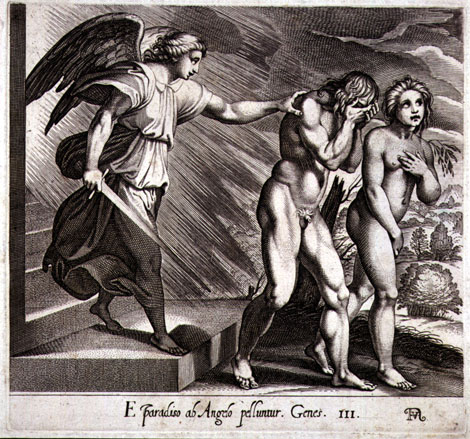Lewis Carroll was an English writer, mathematician, logician, Anglican deacon, and photographer. His most famous writings are Alice’s Adventures in Wonderland, its sequel Through the Looking-Glass, which includes the poem “Jabberwocky,” and the poem The Hunting of the Snark, all examples of the genre literary nonsense. He is noted for his facility at wordplay, logic, and fantasy. There are societies in many parts of the world dedicated to the enjoyment and promotion of his works and the investigation of his life. In this post, we have attempted You Are Old Father William summary by the children’s author Lewis Carroll. This poem consists of eight stanzas. Each of these stanzas is made up of four lines. This poem depicts a conversation between a young man and a priest of the church known as Father William.
You Are Old Father William: Line by Line Summary
In the first stanza, the young man brings up Father William’s advanced age and says that his hair has grown white. This puzzles the young man, for Father William does not act his age. Instead, he stands on his head constantly. Standing on one’s head is an activity that we always connect with child’s play. Yet Father William does so despite having outgrown such a stage in his life long ago. This leads the young man to ask whether father William considers standing on his head an appropriate activity for his age.
In the second stanza, Father William replies to the young man’s question. He tells the young man that he has been afraid to stand on his head while he was young, for he was afraid that doing so might injure his brain. Recalling the oft-heard phrase that senility causes one to lose his wits, Father William then asserts that his long years on earth have assured him that he has no brain to be worried about. Therefore, to compensate for not standing on his head in his youth, he performs this action repeatedly in his old age.
By now, we understand that the poem will follow a particular pattern in its entirety, with the young man asking questions in all the odd stanzas and Father William replying to those questions in the even ones. Following this structure, the third stanza begins with the youth again reminding Father William of his advanced age. He adds to this by saying that Father William has also gained a lot of weight, despite everyone’s expectations to the contrary. Finally, the young man comes to his question and asks why Father William has turned a back-somersault.
Keeping to readers’ expectations, the fourth stanza begins with Father William speaking of his youth again. He tells the young man that he has managed to keep his arms and legs very flexible by using an ointment at the cheap rate of one shilling per box. Following this, Father William attempts to sell two boxes of the above-mentioned ointment to the young man.
In the fifth stanza, the young man once more indulges in his questioning of Father William. As always, he begins by mentioning that Father William has grown old, and so he anticipates that Father William’s teeth are not strong enough to consume anything other than suet – raw beef or mutton fat. However, Father William has devoured an entire duck, complete with both its bones and its beaks. So the young man asks how Father William has managed to crunch on such hard food.
In the sixth stanza, Father William replies to this question most humorously and unexpectedly possible. As usual, he recalls the days of his youth, particularly the time when he had taken to actively arguing about every legal case he came across with his wife. The impression we get of his wife (who is not mentioned in any part of the poem before or after this brief appearance in the sixth stanza) is that she is a very quarrelsome woman, for Father William accounts for the strength of his jaws by saying that they received much exercise during the course of those arguments. In fact, he asserts that those arguments in his youth have ensured that his jaws have remained strong throughout his life.
In the seventh stanza, the young man reminds Father William of his advanced age for the last time. In addition to this, he tells Father William that one expects that, like other older men, his power of vision would have decayed with age. However, Father William has managed to train his eyes on something very close to them – an eel balanced on the tip of his nose. Regarding this as a sign of cleverness, the young man wonders how Father William has achieved this feat.
Breaking the pattern set by Carroll in the eighth stanza, Father William refuses to reply to this question. Instead, he feels it is enough that he has answered the previous three questions. Then as a warning, Father William tells the young man to stop imagining that Father William has all the time in the world to answer absurd questions. Finally, he threatens to knock the young man off the stairs if he doesn’t get out of Father William’s sight at once. I hope you enjoyed reading- You are Old, Father William: Line by Line Summary. Click here to continue with the detailed analysis of You are Old Father, William.
Some online learning platforms provide certifications, while others are designed to simply grow your skills in your personal and professional life. Including Masterclass and Coursera, here are our recommendations for the best online learning platforms you can sign up for today.
The 7 Best Online Learning Platforms of 2022
- Best Overall: Coursera
- Best for Niche Topics: Udemy
- Best for Creative Fields: Skillshare
- Best for Celebrity Lessons: MasterClass
- Best for STEM: EdX
- Best for Career Building: Udacity
- Best for Data Learning: Pluralsight
















this website is very helpfull i have got so much help from this website